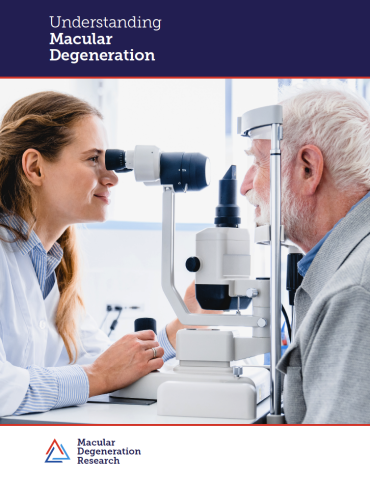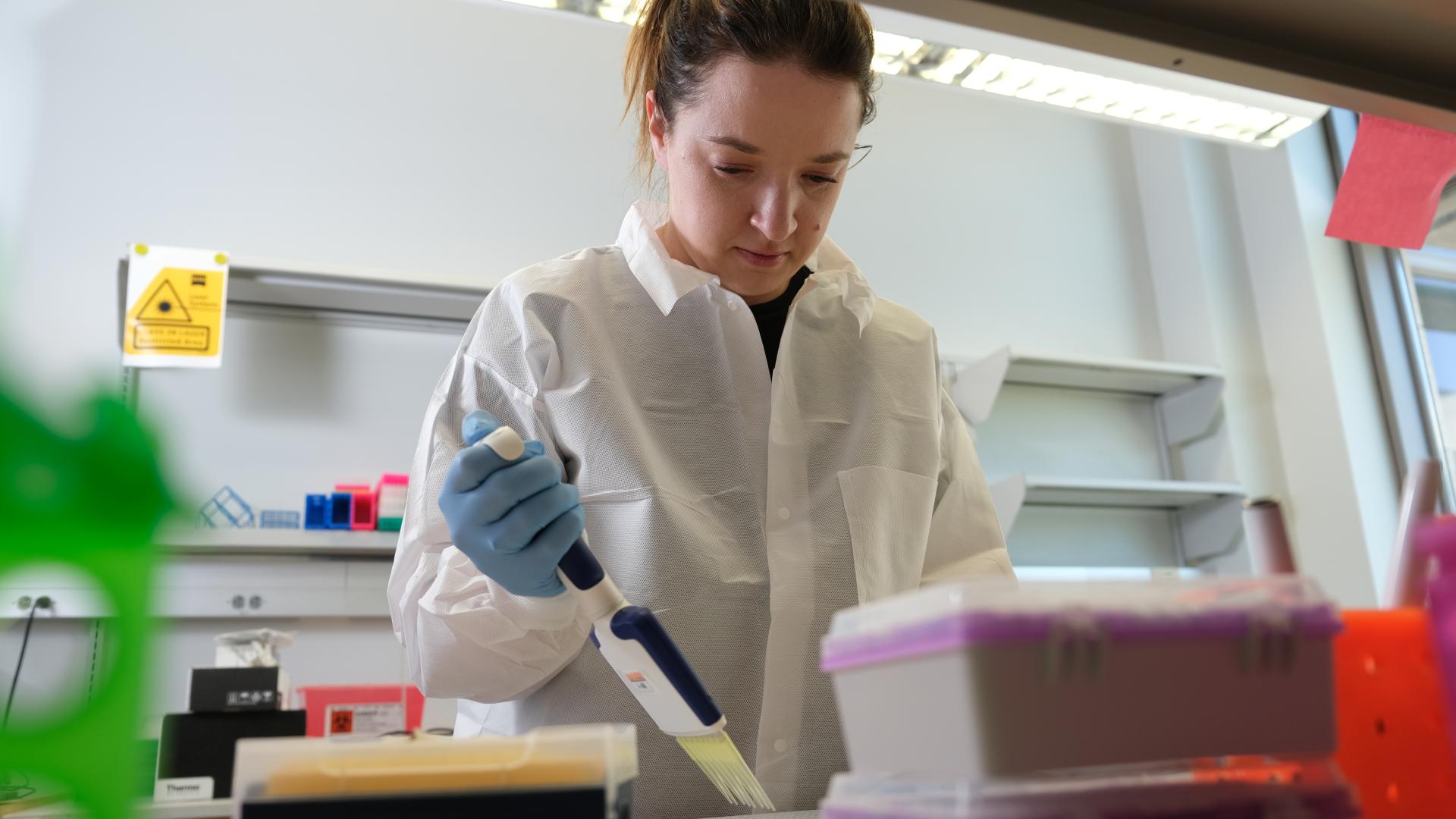
Learn about Stargardt disease and Best’s disease, two forms of macular degeneration that affect children and young adults.
There are forms of macular degeneration that affect children and young adults. These are different from age-related macular degeneration (AMD), in that people with AMD are usually age 55 or older. Also, juvenile macular degeneration is often hereditary, while AMD is not strictly hereditary.
Stargardt Disease
One form of juvenile macular degeneration is Stargardt disease, which is also known as fundus flavimaculatus. The disease usually starts before age 20, but vision loss may not be noticed until the 30s. Many patients lose central vision to the 20/200 range but keep their peripheral vision. Eye doctors can diagnose the disease based on the characteristic pattern of white “flecks” in the retina, visible on a dilated eye exam with an ophthalmoscope.
Genetics
The disease is usually caused by recessive mutations in the ABCR gene. If both parents have one mutated copy of the ABCR gene, then one-quarter of their children will get the disease. A patient with Stargardt disease who has two copies of the recessive ABCR gene mutation is unlikely to have affected children unless the spouse also carries an ABCR mutation (which is rare). People with mutations in the ABCR gene accumulate a toxic chemical in the retina called A2E. Normally, ABCR limits the formation of A2E. Reducing light exposure, through the use of sunglasses, may lessen the formation and toxicity of A2E.
Clinical Trials
Clinical trials for Stargardt disease have included inhibitors of the vitamin A-dependent process in the retina by which light is converted to electrical signals, thereby limiting the formation of A2E. Unfortunately, some of these treatments can cause night blindness. Also in clinical trials is gene therapy to replace the abnormal ABCR gene. While gene therapy for retinal diseases is very promising, especially in clinical trials for Leber congenital amaurosis, there are technical challenges for Stargardt disease related to the large size of the ABCR gene.
Best’s Disease
Another form of juvenile macular degeneration is called Best’s disease, also called Best’s vitelliform macular dystrophy. The disease usually develops in the first decade of life, but may not cause symptoms until later. Symptoms include blurry, distorted, or missing central vision. It can be diagnosed by a dilated eye exam with an ophthalmoscope. The macula in a person who has Best’s disease typically looks like a sunny-side-up egg, which can later burst, releasing fluid into the macula and causing macular degeneration. Additional helpful tests are optical coherence tomography (OCT), which generates a cross-section image of the retina in a few seconds, and electrooculography (EOG), which measures the electrical potential across the retina.
Genetics
The gene responsible for Best’s disease is called bestrophin, or vitelliform macular dystrophy 2 (VMD2). Usually, mutations are dominant, so that the children of an affected parent have a 50 percent chance of getting the disease. The normal function of bestrophin is to conduct ions, like calcium and chloride, across the membrane of a cell type in the back of the retina, called the retinal pigment epithelium. Researchers are trying to develop gene therapies and other treatments based on this knowledge, but currently, there are no specific treatments for this disease.
The Risk of Wet AMD
Patients with both Stargardt disease and Best’s disease can occasionally develop the growth of new blood vessels into the macula. These vessels can lead and bleed, similar to wet AMD. As with AMD, the treatment for new blood vessel growth and leakage in the retina is injection with antibodies that block vascular endothelial growth factor (VEGF). These treatments include brolucizumab (Beovu®), aflibercept (Eylea®), and ranibizumab (Lucentis®).
Low Vision Aids
Patients who have lost central vision can benefit from low vision aids. These can be prescribed by an optometrist who specializes in low vision. They include special magnifying glasses that can be worn or held and electronic devices that can magnify objects.
Genetic Counseling
Genetic counseling is very helpful to understand whether other family members are at risk for these diseases. The National Society of Genetics Counselors offers a searchable directory of genetic counselors in the United States and Canada.
Summary
Much progress has been made recently in understanding juvenile macular degeneration, and new treatments will likely become available.
About BrightFocus Foundation
BrightFocus Foundation is a premier global nonprofit funder of research to defeat Alzheimer’s, macular degeneration, and glaucoma. Through its flagship research programs — Alzheimer’s Disease Research, Macular Degeneration Research, and National Glaucoma Research— the Foundation has awarded nearly $300 million in groundbreaking research funding over the past 51 years and shares the latest research findings, expert information, and resources to empower the millions impacted by these devastating diseases. Learn more at brightfocus.org.
Disclaimer: The information provided here is a public service of BrightFocus Foundation and is not intended to constitute medical advice. Please consult your physician for personalized medical, dietary, and/or exercise advice. Any medications or supplements should only be taken under medical supervision. BrightFocus Foundation does not endorse any medical products or therapies.
- Clinical Trials
- Genetics








